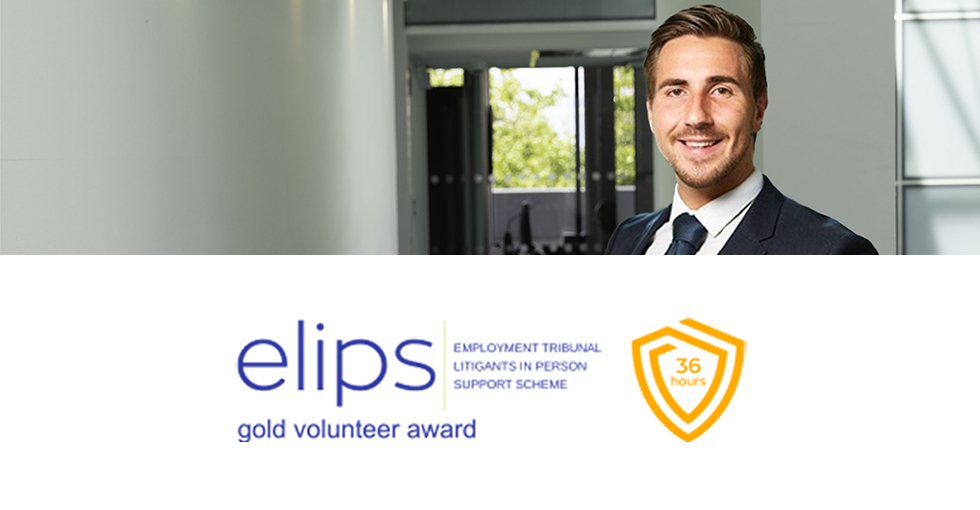By Julie Duane, Employment Barrister
As you will be aware significant disruption has been caused to the Employment Tribunals, following the recent changes implemented by the Government. These are unprecedented times; however, St Philips is looking at innovative ways to continue to ensure hearings are dealt with where possible.
Given the announcements from the Presidents, virtual hearings are inevitable. No hearings in person will be taking place until at least 29 June 2020.
With this in mind, St Philips has prepared the following virtual hearing checklist for Solicitors, so that you are equipped to deal with virtual hearings once they come into effect. Our proposals, so as to be able to conduct an effective virtual hearing, include:
- Ensure that the List of Issues is prepared in advance of the preliminary hearing and that, even in cases of unfair dismissal, that this is agreed in advance and forms part of the disclosure exercise.
- To focus minds and ensure ample time is allocated to a case, at the preliminary stage, ensure that a virtual witness timetable is offered, along with estimated times for each witness. If it cannot be done at the preliminary stage, insert an order into the directions to determine an appropriate time, in advance of the hearing, for when this can be confirmed.
- Taking into account that hearings may now not be listed until 2021, the parties may want to explore options such as judicial mediation and judicial assistance. Members of St Philips Employment are experienced in alternative dispute resolution; have a closer look at St Philips Employment.
- Parties should also consider what contingencies are in place if someone drops out of the conference i.e. due to signal failure, technology malfunctions. What provisions can the parties agree to ensure fairness and transparency is delivered at all times.
- Ensure you have prepared an electronic bundle, using functions such as sharedrive, dropbox, etc. This function should be password protected, but not overly complex so that a litigant in person can navigate their way around the documents. Alternatively, where a litigant in person does not have access to a computer/laptop, a hard copy of the bundle should be considered. They can then use this in conjunction with a mobile interface to take part in the virtual hearing.
- Electronic witness bundle. Taking into account the various challenges with witness evidence and rather than having to look through various links for a witness statement, a paginated and indexed witness bundle, which is available electronically, will help streamline the process.
- Where relying on CCTV/recordings, this should be uploaded via an electronic link onto the sharedrive type system. This will then allow the parties to readily access this information for future reference.
- The benefit of links, as opposed to PDFs, is that it ensures the Tribunal system will not be overloaded with large documents, you can ensure that everyone has the same information to hand and it is organised within one system, as opposed to opening various pdf folders.
- Ensure beforehand that the witnesses involved have access to a computer/laptop and are capable of using video-links/skype, or that they are able to access this equipment in order to provide their virtual evidence.
- Reminding witnesses of the importance that their evidence should be theirs alone and that they should not be accompanied in the room whilst giving their evidence. They may be asked to do a full 360-degree sweep of the room with their webcam/camera prior to any evidence being provided.
- Ensuring oaths are provided to the witnesses in advance and explaining what these mean. This is because they will be required to read out their oath, prior to giving any evidence. a template of those oaths, which are available electronically, may assist all parties in advancing the process.
- At all stages of the process we can help with advice and preparation and will do so using a wide range of technology tools.
This is a dynamic time that the legal sector is facing, which is continuing to evolve on a daily basis. This checklist is non-exhaustive, but is a bare minimum of the steps required in preparation of a virtual hearing. Whilst we will work with you on a case by case basis to ensure that these steps are effective, we would invite you to support the view that facilitating virtual hearings where possible is the ideal solution, so as to avoid further time, costs and inevitable difficulties in evidence following significant time lapses between events.










